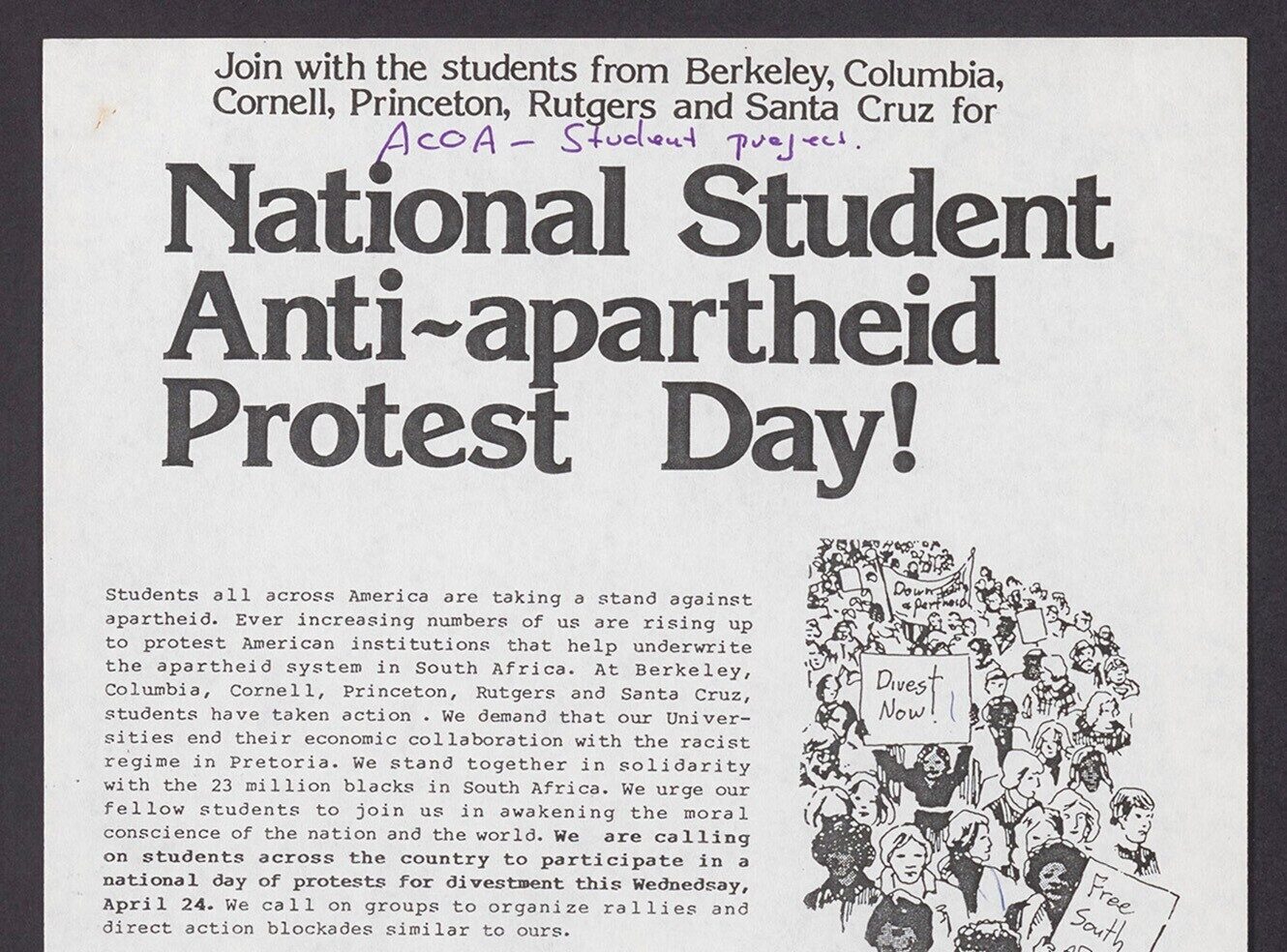“Today’s Youth Generation has something to say!” - Tracing the voice of young people through AM collections
Across history, the voices of young people have played a key role in shaping society, and this can be traced through primary sources in our collections.
In the UK, headlines were recently made by the announcement of a new Elections Bill, where the UK government has pledged to reduce the voting age to 16 by the next general election. This is one of the biggest changes to the electorate since the voting age was last changed in 1969 from 21 to 18 (shortly followed by the US in 1971).
Historic responses to changes in voting age can be found in AM collections, such as Gender: Identity and Social Change. In the papers of the Six Point Group, a feminist campaign group founded in 1921 by Lady Rhondda, a pamphlet from 1970 can be found on “Young Voters and Society”. Designed to “broaden the ambitions of girls and get them interested in public and community work at all levels”, this pamphlet was circulated to sixth forms, schools and youth groups to offer talks by young people and influential figures, including speakers such as Isabel Catto, National President of the Young Women’s Christian Association (YWCA). The organisation took a keen interest in mobilising young voters following the 1969 law change and recognised 18-21 year-olds as a “considerable force at all future elections”. Evidence of initiatives, such as this talks programme, demonstrate the reception of increased voting powers for young people and how campaign groups tried to influence and support them. More papers related to youth organisations, like the YWCA and YMCA, can also be found in Gender: Identity and Social Change, using Search Directories to browse organisations.

Pamphlet: Young Voters and Society from Six Point Group 1970-1979 © Schlesinger Library on the History of Women in America
Popular Culture in Britain and America, 1950-1975 also contains many primary sources that can be used in Youth Studies. In the lead up to the voting age reduction in the US in 1971, a group of young people in Ironbound, Newark wrote and circulated the zine Gimme Shelter aiming to bridge intergenerational gaps in their community and save their youth centre.

Gimme some shelter!!! Poster from Gimme Shelter, Browne Popular Culture Library, Bowling Green State University
In an article titled “The Vote” a young author calls on their local representative, Mr Turco to “lead the fight for 18 year old participation in city politics”. They discuss concerns such as enrolment in the Vietnam War, lack of facilities in their area, and discrimination by the authorities against youth culture. The author cautions that “A failure on the part of those in power to come to grips with the reality of the problems that alienate the young people of this country will lead to consequences of grave proportion in the future”. This alienation is a hot topic across the zine, as articles highlight the generation gap and plight of youth issues. They do this through opinion pieces, reports on failed attempts to attend local committee meetings and through humour, trying to shed light on their frustrations.

"Animal Crackers” from Gimme Shelter, Browne Popular Culture Library, Bowling Green State University
These two examples surrounding the last historic shift in voting laws in the US and UK provide insight into the perception and lived experience of young people in the 1970s. Study of the language used in zines, political analysis of youth voting and evaluating educational campaigns are just some of the ways these sources can be used in Youth Studies. Interdisciplinary in nature, Youth Studies draws from both the social sciences and humanities to analyse evidence, including historic primary sources. These materials are vital to this area of study and can provide valuable insight into current events.
The two collections showcased in this article highlight how wide-spread sources on youth culture and history are across AM collections. To find out more about children through primary sources, Children’s Literature and Culture offers a glimpse into the reading habits and popular past-times of children in the nineteenth century, whilst more recent content on youth activism can be found in 1980s: Culture and Society. Material relating to the changing culture of girlhood throughout the twentieth and twenty-first century will soon be available through AM’s upcoming Girlhood: Magazines and Print Culture resource.
The two documents featured in this article, Six Point Group 1970-1979 and Gimme Shelter are available open access for 30 days.
For more information about any of the resources mentioned in this article, including free trial access and price enquiries, please email us at info@amdigital.co.uk
For more information about how you can use your AM collections in Youth Studies and related disciplines, speak to our Academic Engagement team.
Recent posts

The blog highlights American Committee on Africa, module II's rich documentation of anti-apartheid activism, focusing on the National Peace Accord, global solidarity, and student-led divestment campaigns. It explores the pivotal role of universities, protests, and public education in pressuring institutions to divest from apartheid, shaping global attitudes toward social justice and reform.

Meu Mapa, by Atlas Weyland Eden, is a short piece of historical fiction inspired by digitised archival maps in AM databases, and written as part of the Imagining History UK programme.
